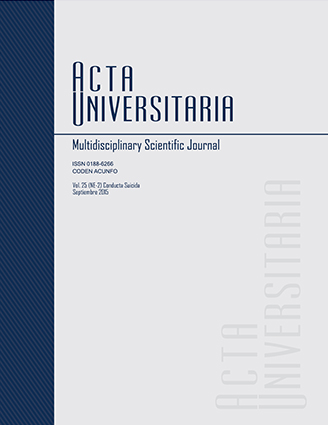Depressive symptoms, hopelessness and psychological resources: a relationship with attempted suicide in a sample of mexican teenagers
Published 2015-09-10
Keywords
How to Cite
Abstract
This work explores relationship between depressive symptoms, hopelessness, and psychological resources on suicide attempts in a sample of teenagers in the city of Aguascalientes, Mexico. This was an exploratory cross-sectional study where 96 teenagers participate voluntarily. Scales to assess depressive symptoms (CES-D-R35), hopelessness (BHS) and psychological resources (ERP) and an item to identify suicide attempt were used. Significant differences in depressive symptoms (U = 512, p = 0.001), hopelessness (U = 463, p = 0.021), suicidal ideation (U = 483, p = 0.004), anger management adequate (U = 200, p = 0.011) and appropriate management of sadness (U = 156, p = 0.001) were found in adolescents with and without attempts suicide attempt. The predictive value observed on attempted suicide showed that depressive symptoms (β = 0.398) and appropriate management of sadness (β = –0.209) account for 27.6% of the total variance (R2 = 0.276, F1, 93 = 17.70, p ≤ 0.01). The role of sadness management was analyzed as a protective factor.

